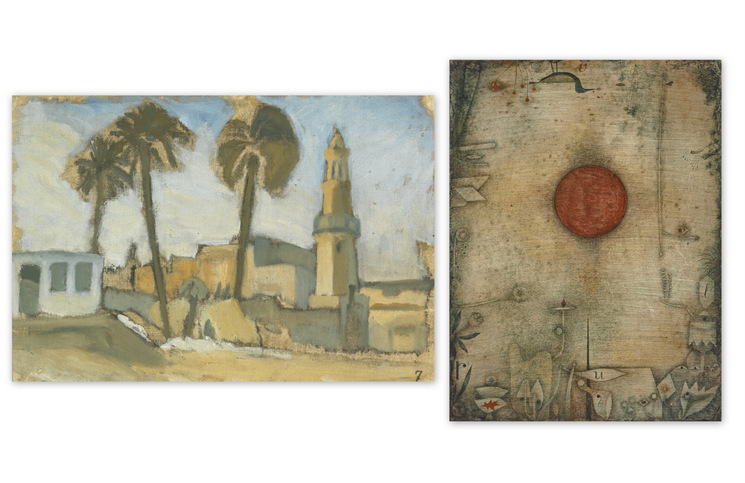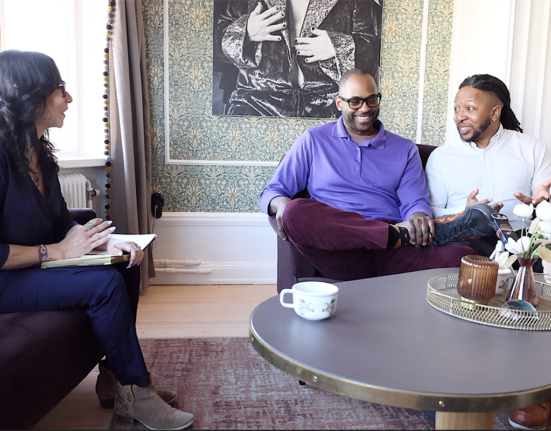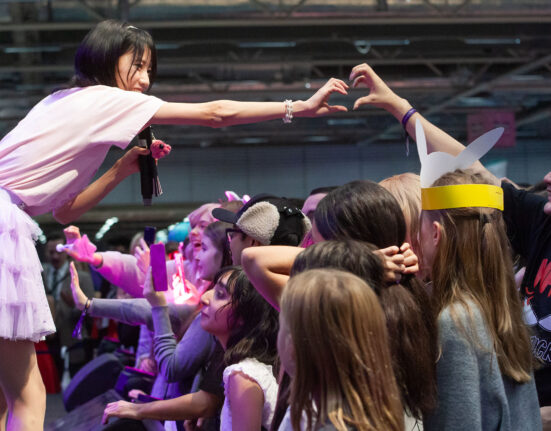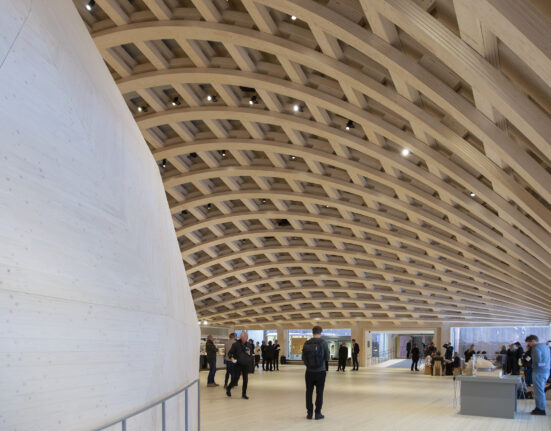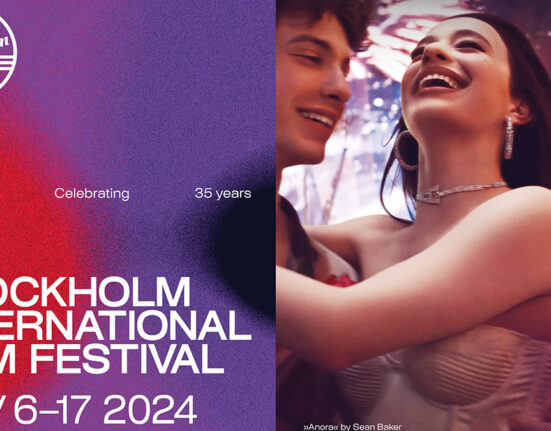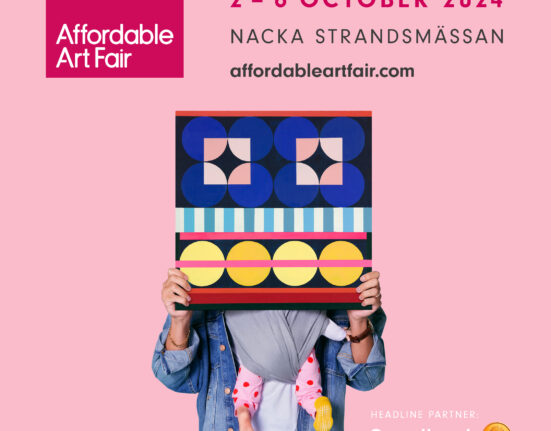At a time when Western modern society was beginning to take shape, when trains and machines of all kinds sped up life and travel, and when looking for the spiritual or esoteric was still a common preoccupation of its people, these very elements catalyzed the compelling art crafted by the Swedish Ivan Aguéli (1869-1917) and the Switzerland-based Paul Klee (1879-1940).
For one, Klee, like the more classic Europeans travelling to North Africa, went to Tunisia in 1914 to expand his horizons and fill up with new impressions. There he discovered that he was a painter – the Tunisian colours had fired his feelings that “colour and I are (at last) one”; liberating him to paint some of his first important works.
Aguéli, on the other hand, was seeking spirituality. His sojourns in Cairo, Egypt stemmed from his early attraction to anti-totalitarian anarchism and Swedenborg’s mysticism. His subsequent conversion to Islam in 1898 and intent study of Sufism – the Islamic domain’s most spiritual path; emphasizing love and closeness to God – were his means of replacing what he termed “the filthy Western world” with the Sufi way of relating to humanity and its surroundings, and to creation.
Hence, during a period marked by two world wars, Klee endeavoured to happily marry his insights on life with the purity of artistic craftsmanship and to achieve exalted freedom via contemplation, imagination, as well as play. And Aguéli’s finding a substitute for the Western “repugnant age” drove his merger of painting, religion and reality.
So for another, both adamantly differed from the classic modern avant-garde by emphasizing the slowing down of motion as an unconscious resistance to the growing mechanized apparatus of their world – preferring to get off a moving train to walk alongside the road to linger with their gaze and leisurely pick up motifs along the way; while searching for the “fourth dimension” (Aguéli) or “another possible world” (Klee).
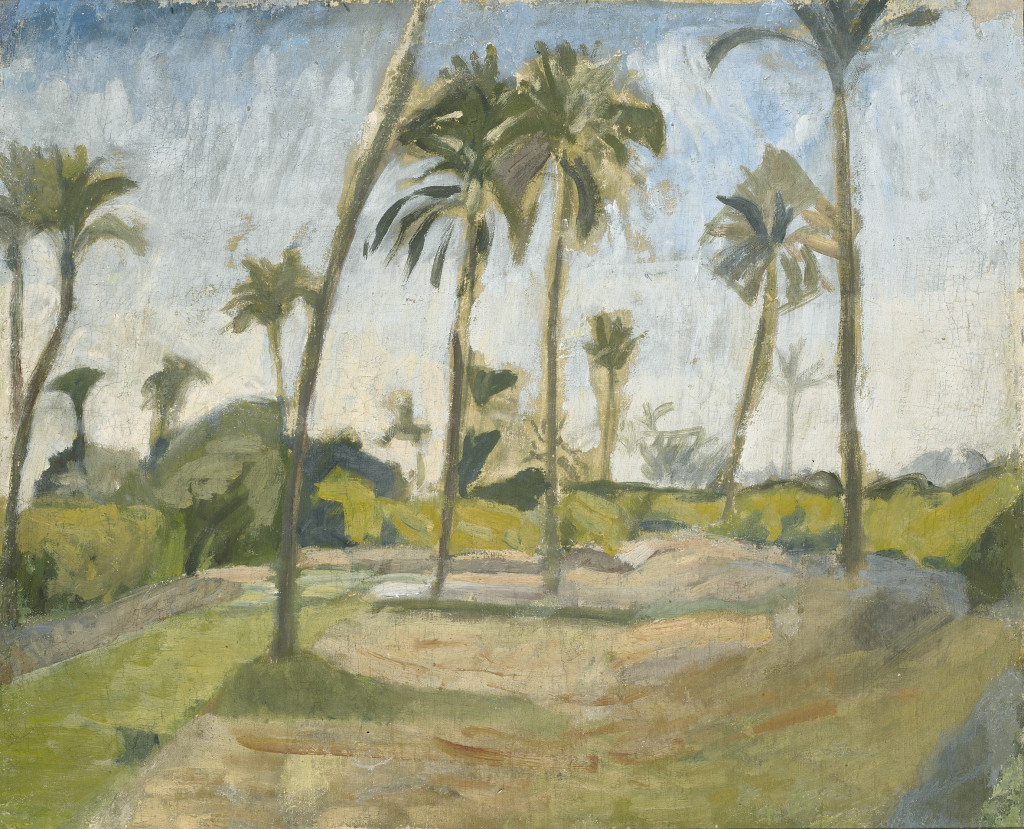
It matters not if we call this spirituality, imagination or play. What does is that both differed from the other artists of that epoch too. While the latter looked for it in the immaterial, Aguéli and Klee found theirs in the biosphere they lived in, by touching base with nature and their surrounding objects – particularly, the astonishing phenomenon of something sprouting out of soil.This, so completely ordinary and mundane, they persistently found to be equally mystical and divine. Things that grow became, thus, a central motif for both painters.
Klee drew inspiration from the garden, the tree and the park – the tree his metaphor for artistry. Its roots were his connections to the earthly around him. He, as artist, was the stem through which everything flowed. Its crown his creations branching out in different directions.
That the garden and nature have cyclical cycles, like the concept of time, held Aguéli and Klee spellbound as well; as with eternal recurrence’s centrality through which both related to reality and the present. So Klee captured what would otherwise pass you by while Aguéli distilled the moment into one without a past or a future – one that is an eternal state of being right now.
The garden was also their metaphor for the original or incipient, as in the Garden of Eden – the Shangri-La for Christians and Muslims. As “Eden” actually means “desert”, Aguéli often painted this arid region; but with trees growing rebelliously in the dry and barren climate, whereas Klee drew inspiration that the ornamental patterns woven into traditional carpets were a two-dimensional re-presentation of flora and paradise.
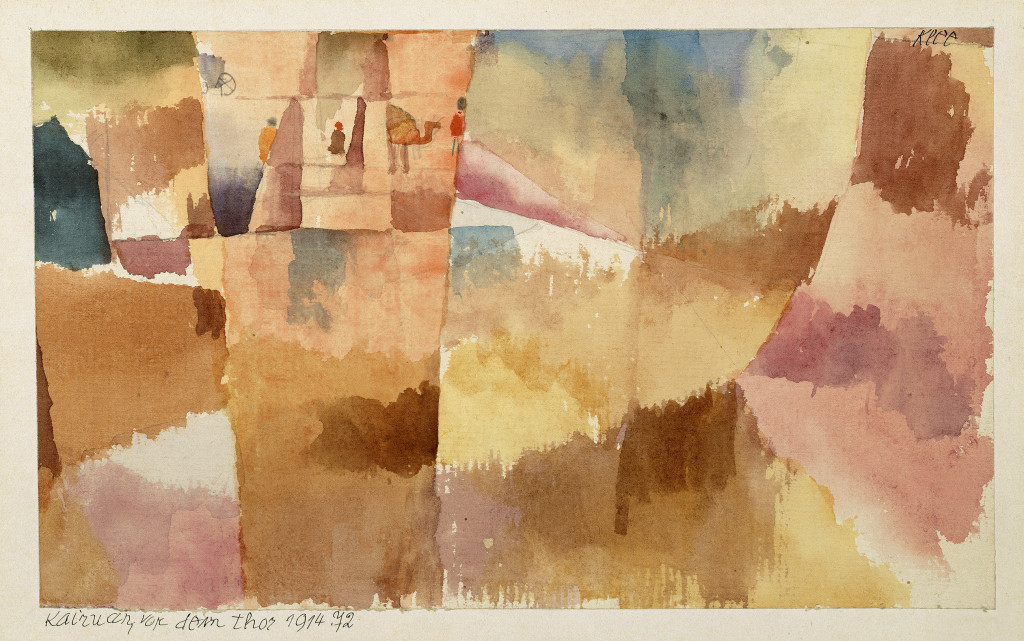
Although Aguéli appeared content to paint this single motif, Klee’s explorations into the otherworldly included a large series of artworks on angels. With many drawn late in life, when he was terminally ill and World War II approaching, he re-represented them – from heavenly messengers to earthly creatures who did what normal people do; making them links between the spiritual realm and one he was physically bound to live in.
Yet neither were reactionaries, eccentrics or recluses. They always kept a close discourse with modern society, as well-read intellectuals and critics: Aguéli published magazines and Klee taught at the Bauhaus school of architecture and arts.
And their mastery as writing artists induced their use of symbols and archetypes as artistic tongue, all the time searching for an original text, language or emblem.
Klee, therefore, painted associations with words, like “imagination”, “variation” and “inventiveness”. In his line composition, “Overgrowth”, he resorted to symbols and letters. In another he mixed numbers with the alphabet into a “letter tree”.
A second result was their mutual removing, scaling down and reshaping of their material to better communicate the crux of the subject matter. Hence, their abstraction is a reduction – a taking away of everything not needed – to get to their painting’s core.
Succinctly, their travels and studies of nature, their intimate small paintings, and their willful unhurriedness were never stirred by escapism or nostalgia. Only by their beliefs of ways and standards all should use to address their present and meet its future.
In addition, though the two never met, and Aguéli painted only on site whilst Klee mainly in his studio, when they interacted with the real through their rhythmic brush strokes, the object transfigured into the immaterial.
The exhibition Klee/Aguéli is, then, about embodying defiance through painting gardens and groves of palm trees. In our turbulent here and now, we are, thus, prompted to remember that the poetic and political can be concurrently embedded in small painted pictures.
Exhibition: KLEE/AGUÉLI
Where: Moderna Museet* at Skeppsholmen, Stockholm
When: Till 24 April 2016
Notes:
* The Museum of Modern Art
Information and photo credits:
Moderna Museet and its Curator (Swedish and Nordic Art), Fredrik Liew
Pictured in the featured photo on top: Ivan Aguéli’s African town, on the left; and Paul Klee’s Ad marginem, on the right







